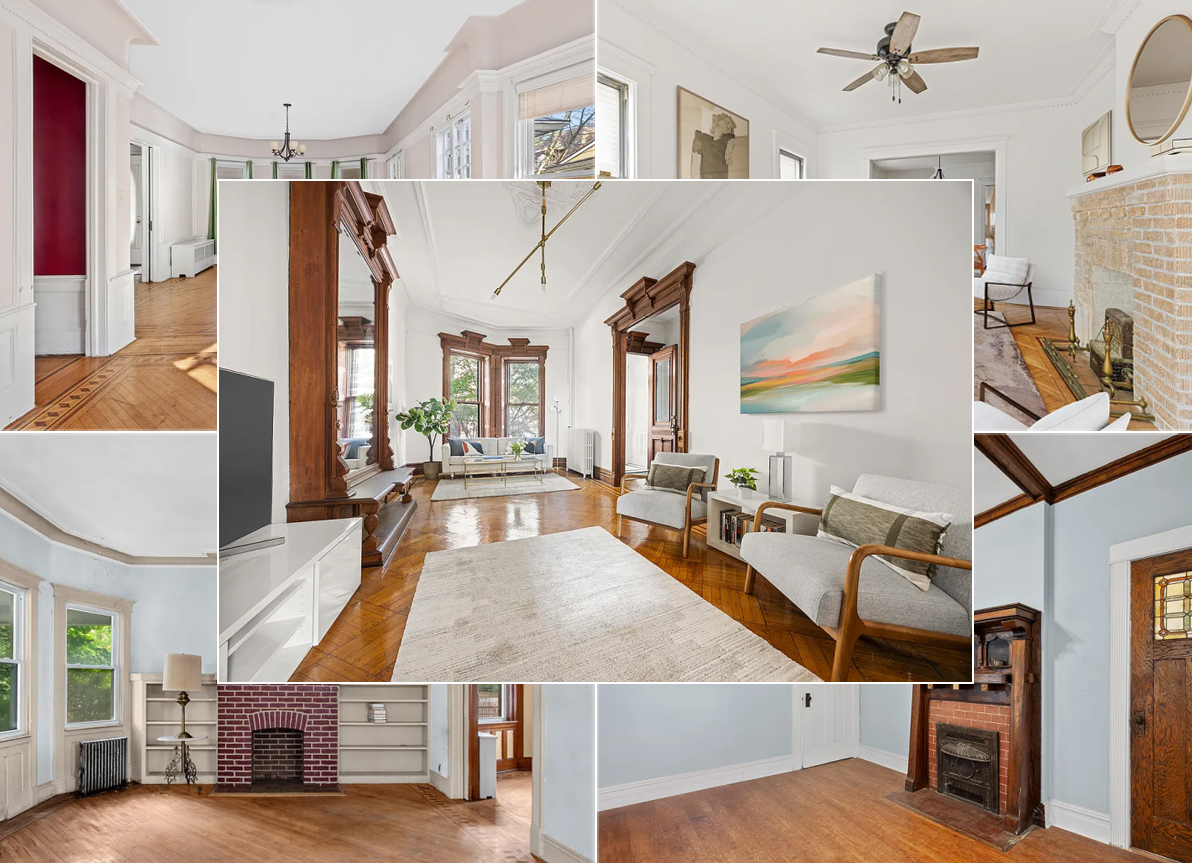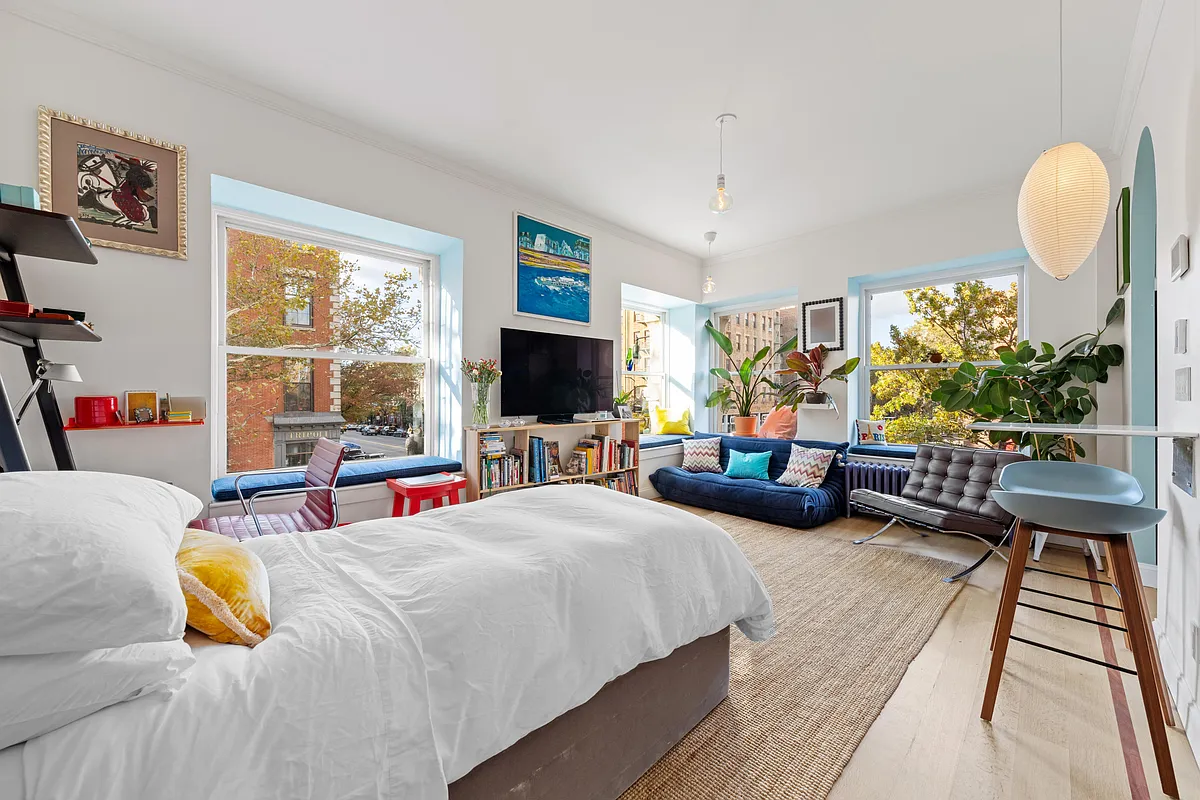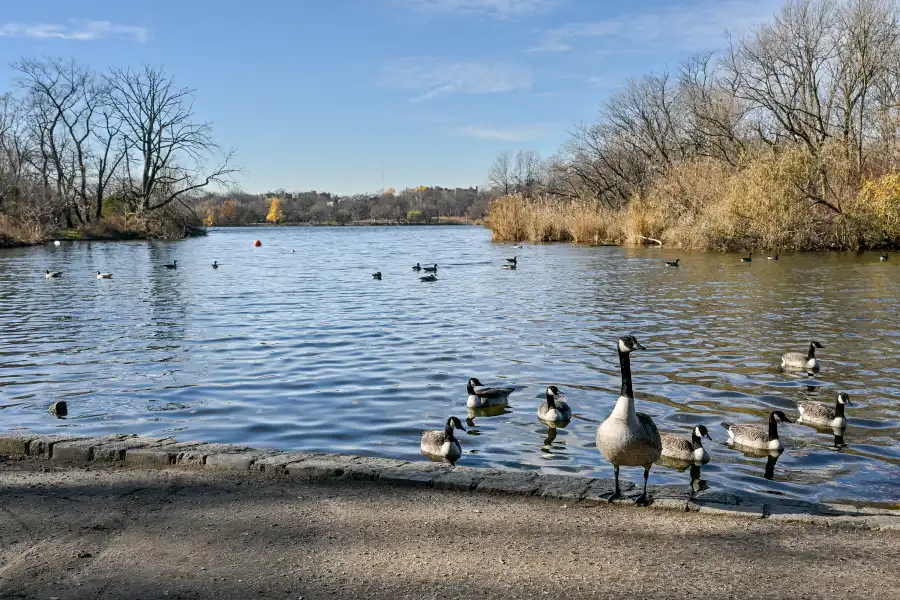Getting Our Hands Dirty in the Garden
We got cracking on our garden this weekend. Our contractor had removed the old tool shed that was in the yard when we bought the house. Other than that, this was unchartered territory. A few hours and a few aches and pains later, we had generated six contractor bags of leaves and garbage and two…
We got cracking on our garden this weekend. Our contractor had removed the old tool shed that was in the yard when we bought the house. Other than that, this was unchartered territory. A few hours and a few aches and pains later, we had generated six contractor bags of leaves and garbage and two large bundles of vines that we had carted away Sunday afternoon. We suspect that we weren’t the only ones working in our garden this weekend.





is non-invasive bamboo really “non-invasive?” I have done some research and didn’t find any that were “non-invasive enough” without much upkeep.
Ah, tabla rasa. I remember it well.
We roto-tilled our backyard (carrying that 100 lb+ baby through the house was just one comic element of the experience) and then double-dug. We dug in bags and bags and bags of Brooklyn Botanic Garden compost (from a BBG-organised giveaway), commercial composted manure and peat moss. Then we mulched. Revitalizing the soil is critical. We use slow-release osmocote when we plant and also use fertilizer and miracid regularly (most brownstone backyards are heavily alkaline because of the run off from buildings and sidewalks).
6 years later our garden is still very much a work in progress. But we love it dearly and are proud that, unlike the house, we did all the work out there ourselves.
I also highly recommend Linda Yang’s THE CITY GARDENER’S HANDBOOK (Storey Press). She is a former New York Times gardening columnist and her book — actually we have an earlier edition called the CITY AND TOWN GARDENER — is full of great, well organized information, including color photos of brownstone gdns (she used to be a Brooklyn brownstone owner/gardener herself). It’s inspiring and also written with a great sense of humor. Our garden bible, bar none.
how about tropical banana plants? i saw a cultivar in a catalog that grows to 8-10 feet and is hardy to -20F.
imade out alright with bamboo from this guy: http://www.bamboofencer.com/
where is a good source for bamboo- we need
a high wall of some sort at our back…
We planted a weeping juniper 12 years ago that is now 25 feet tall. no fall clean up does not produce much of a shadow and is evergreen for winter foliage. If i had the room I would plant a magnolia, a white birch and an oakleaf hydrangea. Is that a telephone pole at your rear lot line? Good place for a fall blooming clematis. What about a stand of noninvasive bamboo at the rear fence line. In a few years you will have an upright standing 30′ tall privacy fence that will block the views of your neighbors rear facade. Japanese theme gardens seem to go so well with Victorian brownstones. what about a cottage “white garden”? OR cooler still, an entire “black garden”? Remember that many flowers, lilies and honey suckle for instance, are their most fragrant after the sun goes down. Bring on the Brownstoner Garden Porn. I’m tired at looking at that 4” cast iron clean out trap in your basement.
i am also concern about tree roots doing damage to the foundation of the building. not to sound too paranoid, but i don’t know why more homeowners are not concerned with this issue. i’ve seen some nasty root damages to water pipes and foundaions of some neglected houses in philly. when i bought my townhouse last year, first thing i did was to chop down an acer negundo tree (weed!) that is too close to my house and are planning to plant a reasonably size tree at the edge of my lot line as far away from the house.
Petunia and Kensington Girl,
You are both sooo right about choosing the right size tree for an urban garden! One next door neighbor has a London plane that is now over 30 years old. The other has an Ash of equal age. You can only imagine how wide the spread of the roots and canopy of those trees are! Meanwhile, the yard of my neighbor with the London Plane has all the sun. Needless to say, she is as protective of that tree as mother lion of a cub. And, since we are very good friends, I opt to “suffer” her tree rather than upset relations. However, last year, I had an arborist come in and remove just one offending limb from both the Plane and the Ash. I sure would have preferred to take out at least 10 limbs from each. 🙂 In the meantime, these trees of my neighbors(along with the 2 flowering crab apples of my own) have largely turned my backyard in a shade garden. It used to be a great place for roses, peonies, tomatoes and all kind of sun-loving plants and flowers. And forget the clean up chores that come with fall leaf drop!
Short advice? To paraphrase Robert Frost, “Good tree planting choices make good neighbors.
There are plenty of small trees under 20ft, some as small as 10 ft tall that will still allow sun to reach the ground. There are some great flowering crabapples, japanese maples, weeping cherries and japanese lilac trees among others that are bred for the smaller backyard. Take a peek at http://www.forestfarm.com or mountainmaples.com for some ideas (these are some highly rated mail order companies that carry more unusual cultivars) There are also bushes that are trained as standards-bushes that are pruned to grow in a tree shape, that remain quite reasonable in size.
One species to definitely avoid are the willow cultivars that bigger than bush size-the roots seek water aggressively and are known to get into waste lines and basements.
According to the Cooperative extension, private laboratories will test your soil for lead and soil pH for a fee. For a list of laboratories in New York State that have been certified to perform environmental analysis which include soil testing, contact: New York State Department of Health (518) 485-5570. Not sure the city will do it for free unless there is a 311 complaint, like lead paint chipping off neighbors house into your yard. There’s no mention of city provided lead testing on the DEP or DOH pages at nyc.gov but try calling 311.